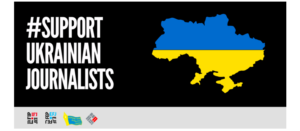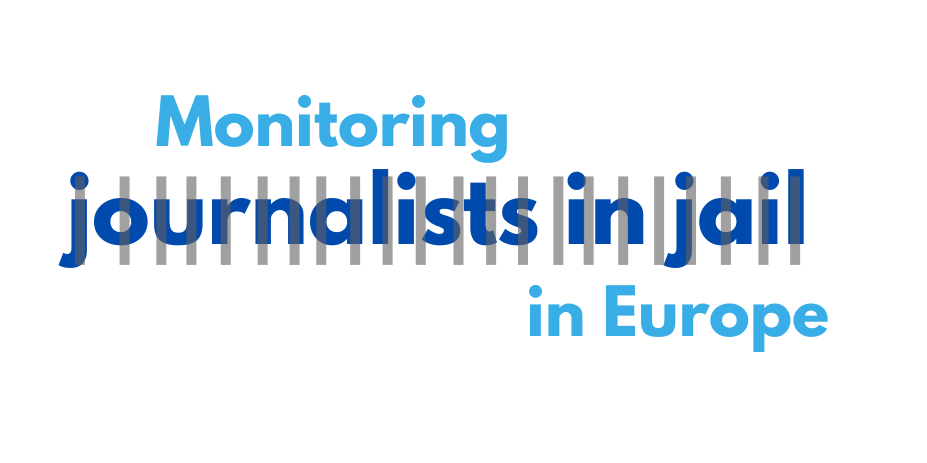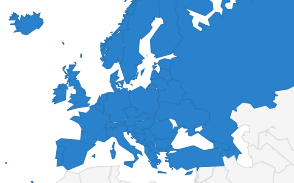News Deserts Aren’t New: The cases of Croatia, Portugal and Turkey

The existence of vibrant and independent local media that serves the public interest of its local communities is a cornerstone of our democratic societies. They are the key to empowering citizens to grasp and exercise their rights in the communities where they live. However, the very existence of these media has become uncertain across different parts of the European Union. We spoke to people researching this phenomenon in Turkey, Portugal and Croatia. They spoke to us about the news deserts emerging in their countries, a term developed by US scholars and policymakers to explain the crisis of traditional news media and the vanishing of local news outlets as a consequence of the digital transformation and the 2008 global economic crisis.
A lot of the local media in Croatia is owned by cities, counties and municipalities local governments
A study into the media listed in the Croatian registers of electronic media and of printed media proved problematic. Firstly because numerous publications were registered as media that can hardly be considered as such. According to the latest official data from the report of the Electronic Media Agency for 2021, at least a third of Croatian web portals did not meet the basic requirements to be considered media. In the press register, it was found that romance novels, comics, crossword puzzles and horoscopes are listed as well as daily newspapers and political weeklies.
Secondly, many local media are owned by local governments of cities, counties and municipalities, so their independence from the authorities is questionable. The Croatian Journalists’ Association (CJA) and the Trade Union of Croatian Journalists (TUCJ) developed a visualisation that displays interactive data on the number of publishers per region as well as the ownership type of the media.
“Media should be co-financed through a public tender with clear award criteria and independent commissions that will decide on the allocation of funds,” explains CJA General Secretary, Melisa Skender. At the moment, there is a lack of independent financing models of local media in Croatia. The CJA and TUCJ are advocating to get data that will help identify trends and enable timely reaction, to know the real owners of media, and what is the structure of the media’s income, number of employed journalists and number of external collaborators.
 More than half of the Portuguese municipalities are news deserts or are on the verge of becoming so
More than half of the Portuguese municipalities are news deserts or are on the verge of becoming so
When the National Press Association in Portugal discovered the news deserts research authored by MediaTrust.Lab researchers Pedro Jerónimo, Giovanni Ramos and Luísa Torre, they raised the issue with policymakers and journalists. The association became engaged in the topic because they were looking to negotiate with the government to fund the media and opposition politicians also supported this.
This was particularly interesting because Portugal has one of the highest levels of trust in the news in Europe (see Reuters Institute report). However, it has become apparent that not all people in Portugal receive an equal quality of news. More research is required to understand where people who live in news deserts get their news.
Moreover, the big question became how to respond to this phenomenon. “In Portugal, there is no unique solution. Even in a sub-sector like local media, you don’t have the same reality,” Pedro Jerónimo told the European Federation of Journalists (EFJ). “[However,] this unique solution is almost impossible and, since it’s a public issue, the public institutions must find the solution. The local media outlets are doing a public service.”
85 percent of the news published in Turkey’s digital media is not original, but a copy
Turkey’s problems with freedom of the press and expression have brought news deserts with them. However, what is interesting is that the richness of news also increases in the regions where pressures are increasing. From this point of view, when looking at the news deserts throughout Turkey, the Aegean region, the Southeast region and the Black Sea region are places where there are news deserts in terms of their original news content.
Nonetheless, Journo editor, media researcher and IPI executive board member Emre Kizilkaya and his colleague Emrah Yilmaz, freelance web developer and data scientist, explains that it is difficult to carry out this research in a large country such as Turkey. They identified news deserts by using artificial intelligence (AI) to look into bodies of text of over 1.1 million articles from 6,500 news sites. They then assessed “news deserts” from three different perspectives: (1) the absence of news outlets, (2) the absence of news deserts per capita and (3) the absence of original content. With each perspective, their map of news deserts in Turkey changed.
They found that near some news deserts, there were news “oases”, places that seemed to receive a lot of news or had news outlets publishing lots of their own original content. After continuing the investigation in various locations such as Ankara, Tunceli, and Van provinces, they discovered that each instance was unique from the others.
“There are many things that break the level-playing ground,” explained Kizilkaya. “Unfair competition is on different levels.” One example he gave was that in Istanbul anyone has good, fast 5G data connection anywhere. However, someone living in the rural areas of Turkey might not even have 3G or any stable mobile network, especially in the far East of Turkey where there are no fibre optic cables. A deeper study into news consumer trends in Turkey also showed what news people are consuming from which platforms, which is also important to understand when assessing news deserts.
#LocalMedia4Democracy
For independent media to compete fairly in a sector either dominated by government-funded media outlets or media conglomerates, sustainable models for financing media outlets is essential. The LocalMedia4Democracy project, carried out by the European Federation of Journalists (EFJ), Journalismfund Europe, Centre for Media Pluralism and Media Freedom (CMPF) and International Media Support (IMS), is intended to fill this gap. These organisations are undertaking a multifaceted programme to help struggling local, regional and community media in the news desert areas in Europe, by providing financial support, organisational capacity building, and conducting research mapping the situation on the ground.
The first call for proposals to apply for the Media Funding Scheme for local, regional and community media in the EU is open. If your media are interested, please apply now!
The project has received financial support from the European Commission.




